Orlando is an ideal city for many bicycle enthusiasts. It is recognized as a bronze-level Bicycle Friendly Community by the League of American Bicyclists. If you’re an avid cyclist in the area or are planning to visit, it’s important to understand the infrastructure available, as well as the safety outlook. This can help you avoid a devastating and costly bicycle accident in Florida.
Bicycle Infrastructure in Orlando, FL
Orlando boasts hundreds of miles of bicycle lanes, trails, and routes.
Specifically, in Orlando, you can find:
- 45 miles of unpaved, off-street trails
- 50 miles of bicycle-specific routes
- Over 250 miles of bicycle lanes
According to Orlando’s Bicycle and Pedestrian Count Program, as many as 250,000 bicyclists use some portion of the city’s bicycle trails and routes every month.
According to the U.S. Census Bureau, Orlando is home to approximately 316,000 residents. Additionally, the city hosts millions of tourists from across the world every year. Orange County, in which Orlando sits, has a population of approximately 1.45 million individuals. This means that two out of every ten county residents live in Orlando.
Like Orlando, Orange County also boasts numerous trails and paths that are open for bicyclists to use. This includes the 22-mile-long West Orange Trail, the 14-mile-long Lake Apopka Loop Trail, and shorter trails, such as the Pine Hills Trail.
How Often Do Pedestrian and Bicycle Accidents Occur in Orlando?
While Orlando is bicycle-friendly in many ways, accidents can still happen.
The Florida Department of Highway Safety and Motor Vehicles reported 444 bicycle crashes and 664 pedestrian accidents in 2022 in Orange County. There were 14 bicyclists who died in these wrecks, and another 55 pedestrians lost their lives. This represented approximately one-third of all traffic deaths in the county that year.
As for Orlando alone, the city experienced 667 crashes involving bicyclists and pedestrians in 2022, according to the Florida Traffic Safety Dashboard. There were 104 individuals in this group who were seriously hurt and 22 who were killed.
Even though Orlando represented only about 22% of Orange County’s total population, the city experienced approximately one-half of all the county’s pedestrian and bicyclist wrecks.
Fortunately, the number of injuries and deaths among bicyclists and pedestrians has generally decreased every year since 2015, when there were 246 individuals severely injured and 37 people killed. In 2021, for instance, there were 141 serious injuries reported and 28 fatalities recorded among pedestrians and bicyclists.
Where Do Bicycle and Pedestrian Accidents Happen in Orlando?
Many of Orlando’s pedestrian and bicyclist accidents are clustered in the area just west of the Orlando Executive Airport in the northern part of the city. The majority of these accidents are centered around U.S. Route 441, Interstate 4, and State Highway 50.
There are additional clusters of accidents in the southwest part of the city near State Route 435 and Florida’s Turnpike, as well as in the central part of the city near U.S. Highway 17-92. By contrast, very few pedestrian and bicyclist wrecks happen in the southeast part of the city, near Orlando International Airport.
Trends in Orlando Pedestrian and Bicycle Accident Statistics
Data from the dashboard shows that the number of serious injuries for bicyclists and pedestrians in Orlando during 2022 spiked in April before declining in June. From there, the total number of these accidents again increased in November before decreasing once more in December. The greatest number of fatalities occurred in February.
Bicyclists and pedestrians were most likely to be injured on Saturday, Wednesday, and Tuesday. As far as fatalities, most generally occurred on Saturday and Sunday. Thursdays saw only 11 serious injuries reported and no fatalities.
The vast majority of both serious injury accidents and fatal accidents involving bicyclists and pedestrians occurred near and after dark, between approximately 7:30 p.m. and 2:00 a.m. The time period between 6:00 a.m. and 3:00 p.m. saw the fewest numbers of both fatalities and serious injuries among this demographic.
The age group most likely to experience serious injuries as pedestrians or bicyclists were those aged 25 to 34, followed by those aged 35 to 44 years old.
Individuals between 25 and 54 experienced the majority of fatalities, sustaining a total of 13 in 2022. The group that experienced the fewest injury or fatality accidents were individuals 19 years of age and younger. Altogether, there were only 18 incidents of serious injuries and no fatalities for this age group.
Common Causes of Bicycle Accidents in Orlando
Distracted driving and intersections were two of the biggest contributing factors to accidents of all types in 2022, including bicycle wrecks.
Drivers can easily miss seeing bicyclists on the road if these drivers are not paying attention to their surroundings. Even when bicyclists are riding in designated bike lanes, drivers who are busy checking their phones for directions or talking to passengers can overlook a nearby bicyclist and crash into them.
Safely navigating intersections requires not only that all present see other vehicular, bicycle, and foot traffic but also that everyone follows Florida right-of-way laws. Bicyclists must follow the same rules of the road as other traffic, meaning they should proceed through an intersection only when they have the right of way. Other cars and trucks should then yield to the bicyclist.
Bicycling Safely in Orlando, Florida
Orlando and Orange County not only have hundreds of miles of trails and bike lanes for bicyclists to use, but this investment in infrastructure for cyclists has likely contributed to increased safety among the biking community.
However, as with any city, bicycling in Orlando is not a completely risk-free activity. A number of bicyclists are injured or killed each year in Orlando and throughout Orange County, FL. Such accidents are more likely to happen in the spring and autumn months and among individuals in their young adulthood through middle age.
By understanding how bicycle accidents happen, where they are most likely to occur, and who they are most likely to impact, you and your family can cycle more safely in Orlando.

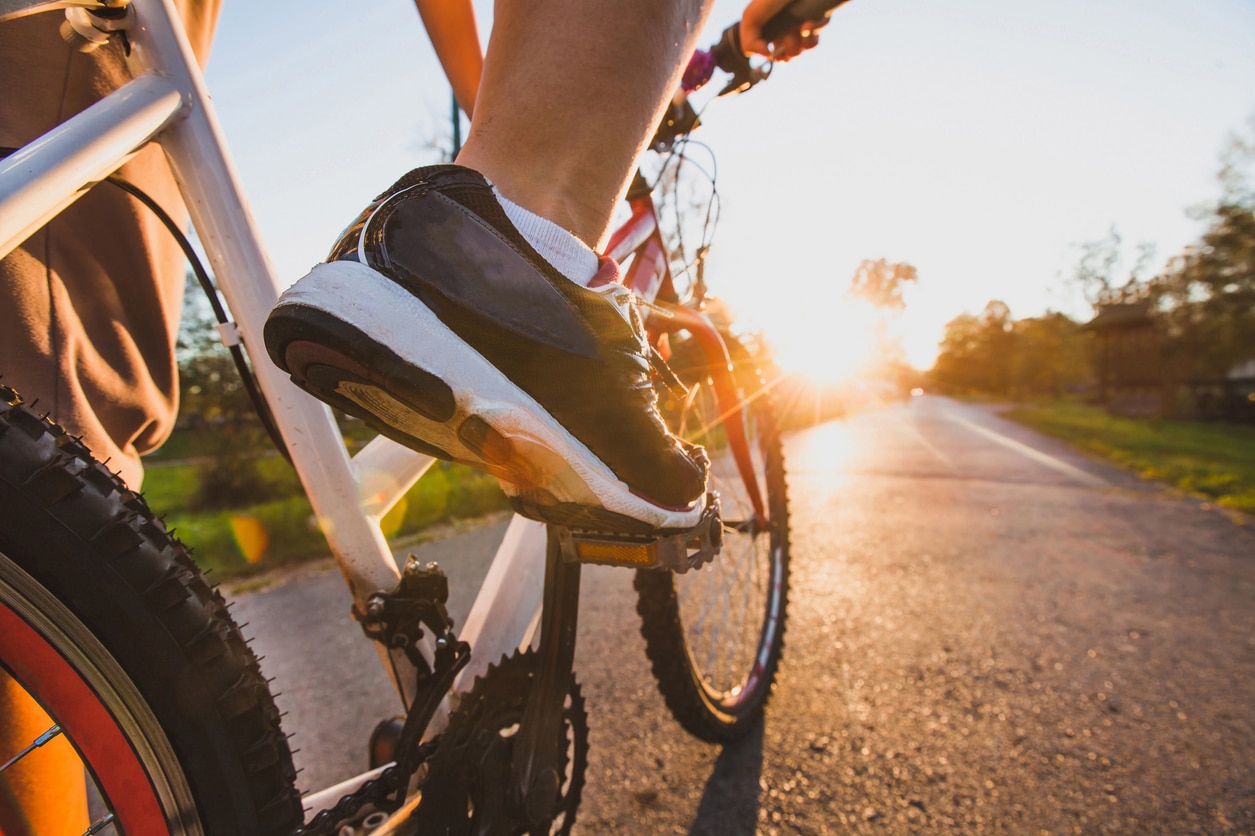
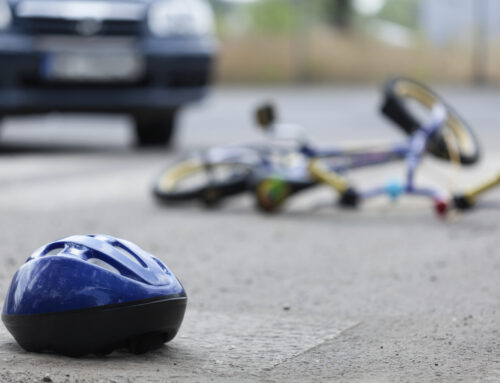
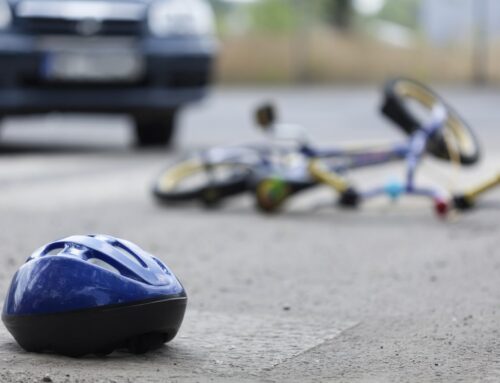




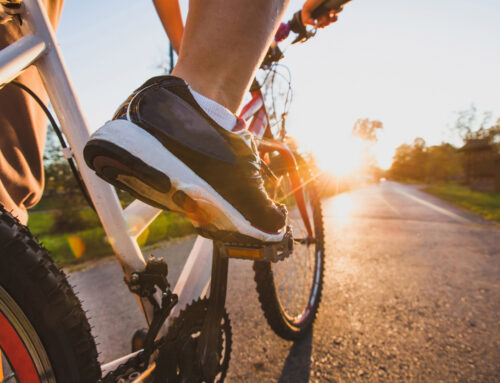


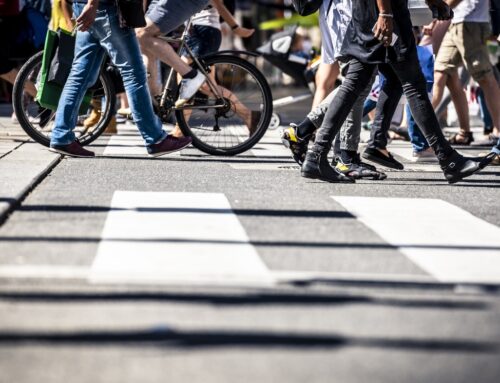
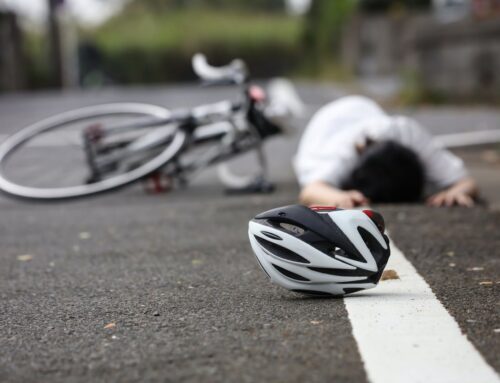
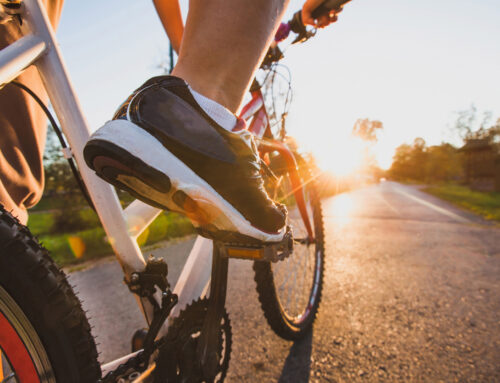

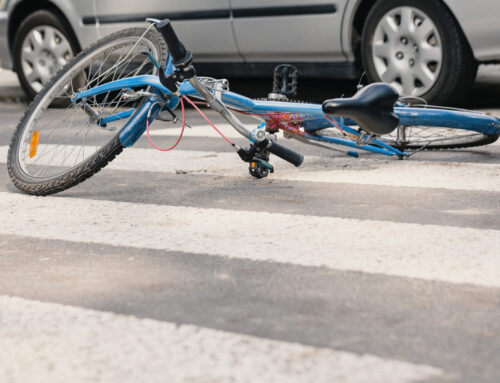

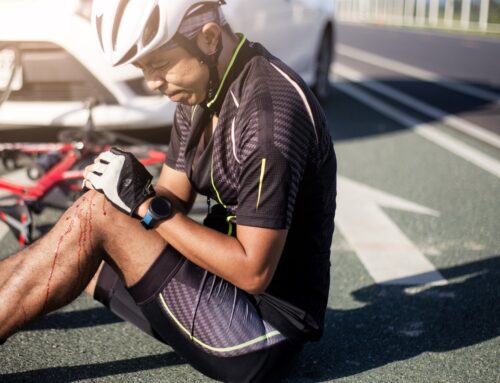



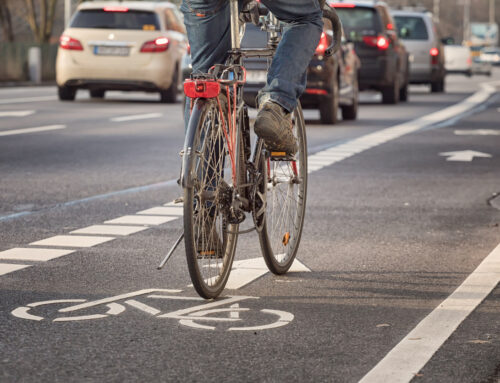
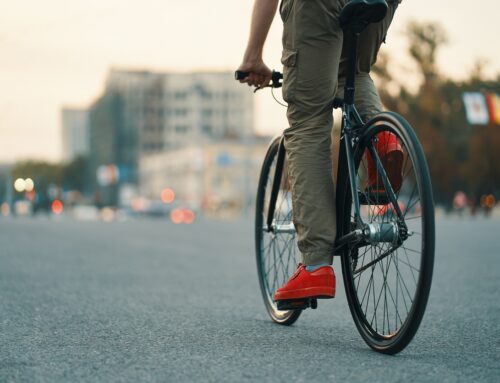

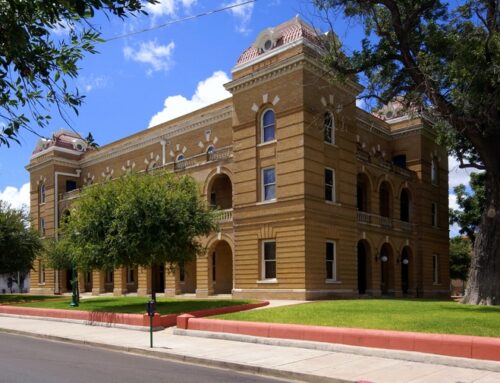

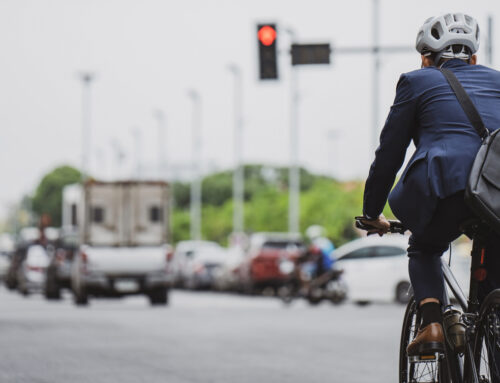
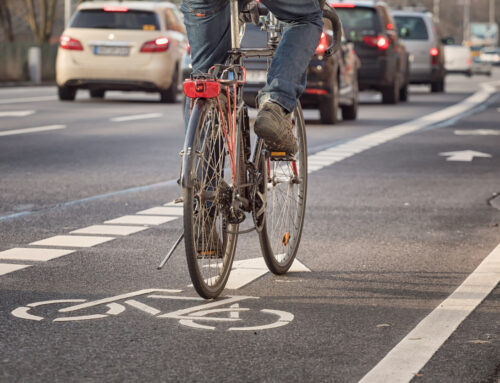



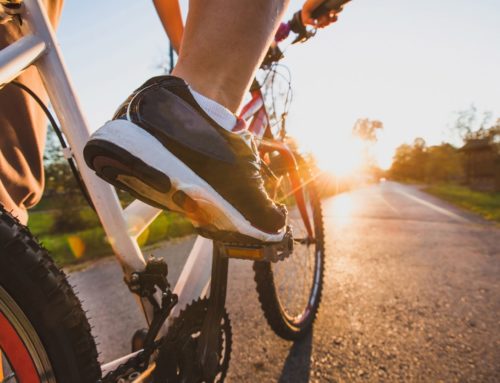


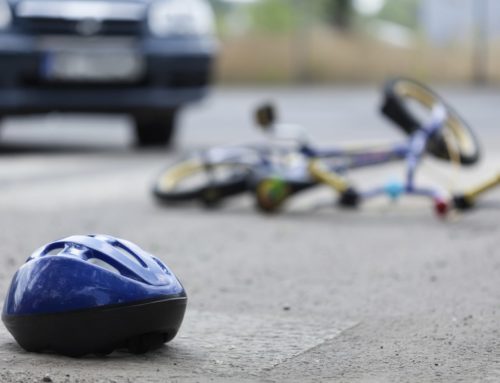





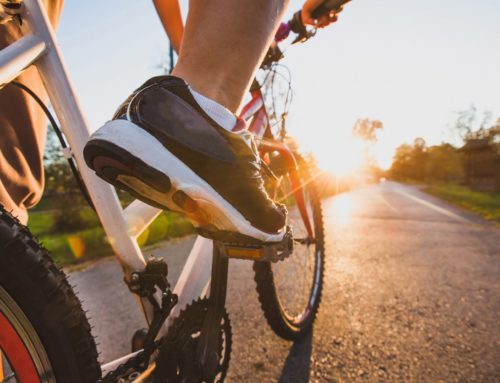
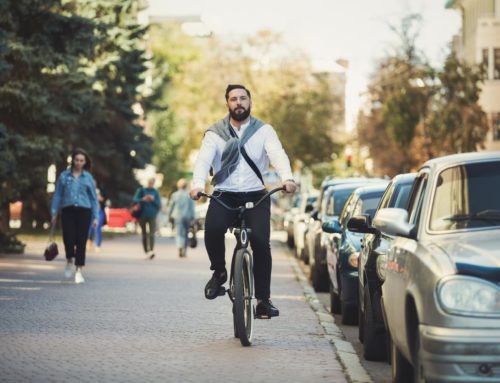

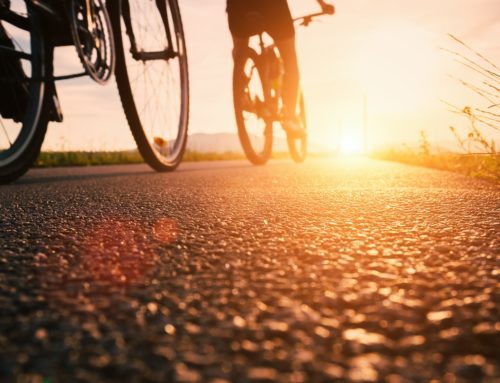

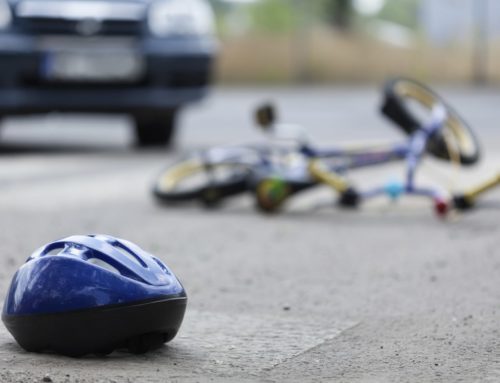


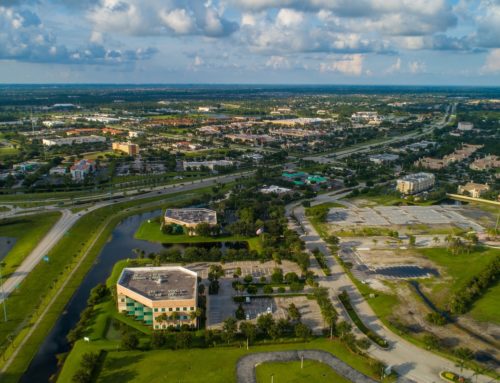
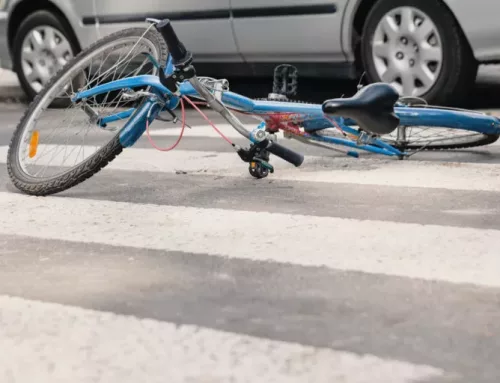
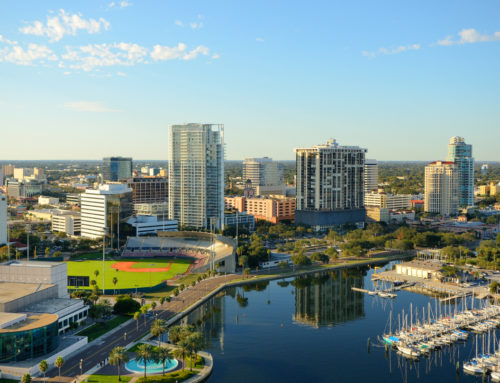

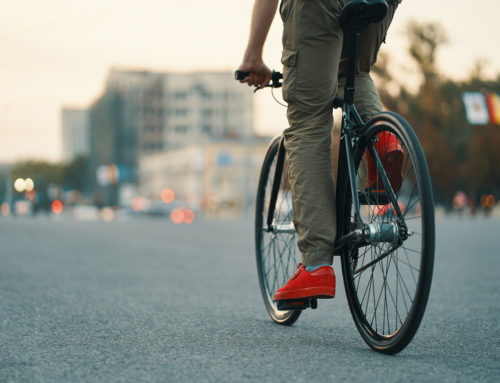
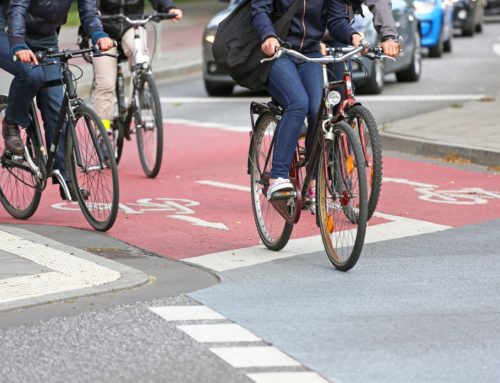
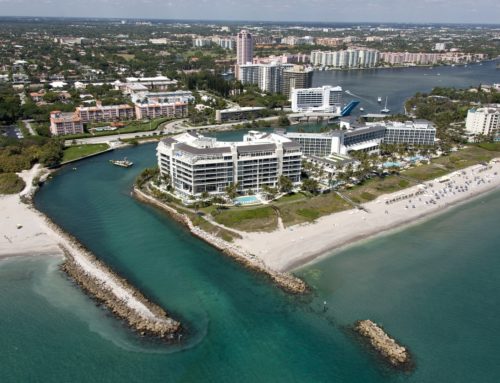



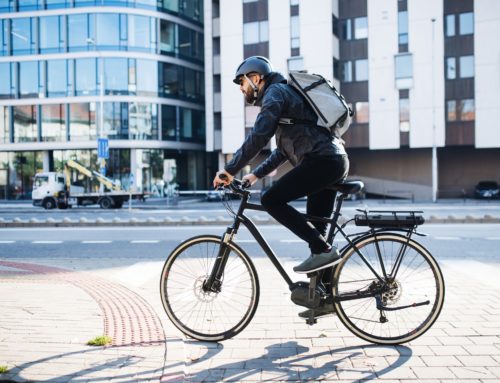
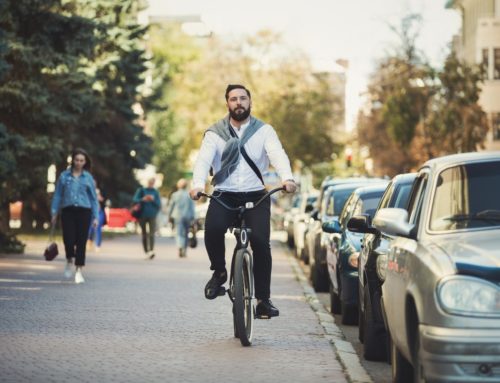

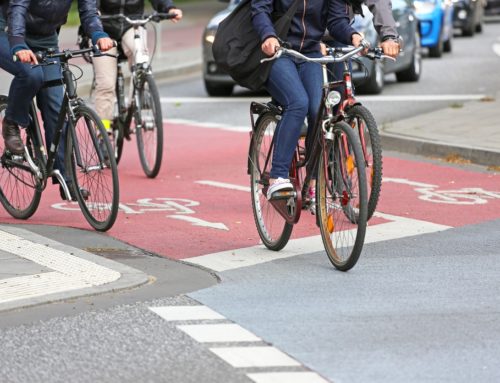

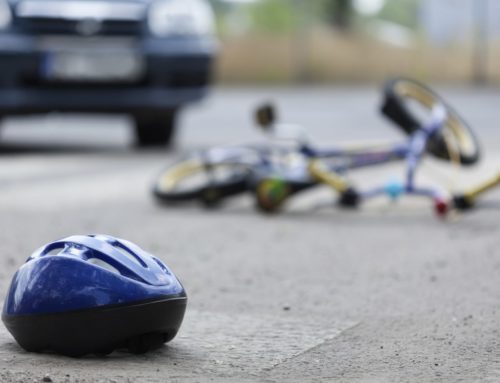
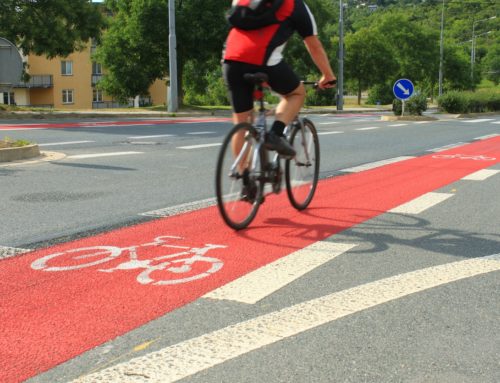


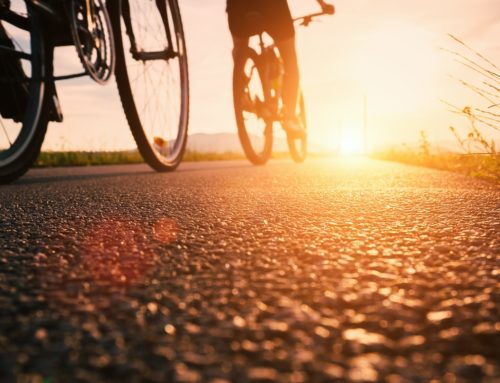
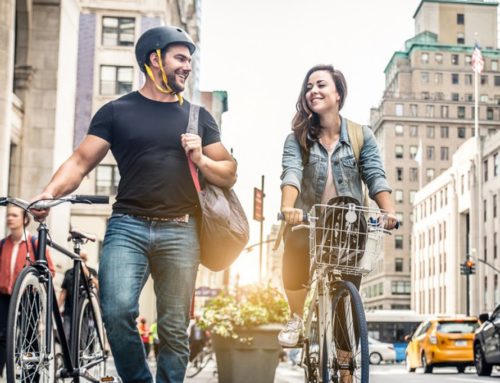
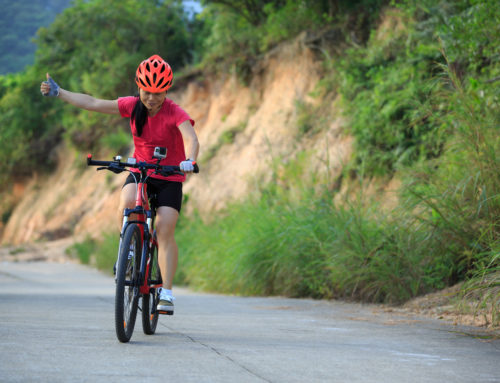
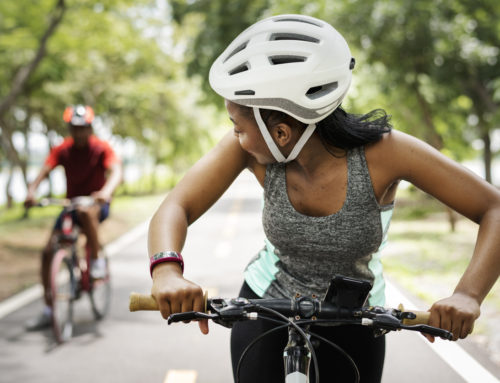
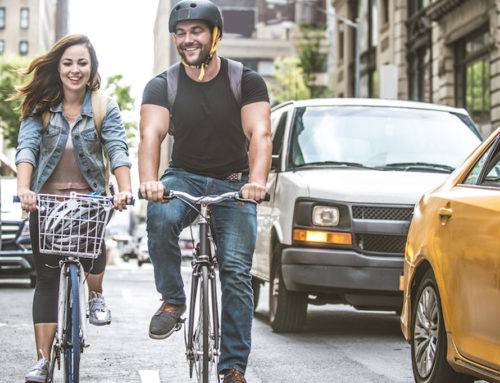


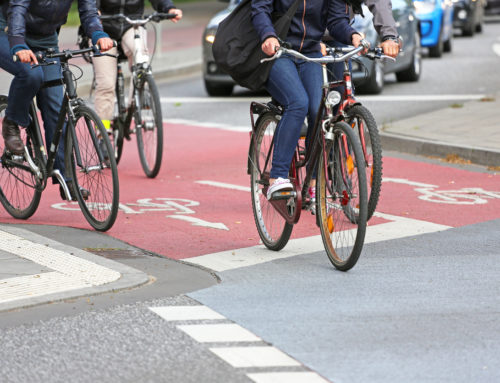



Leave A Comment